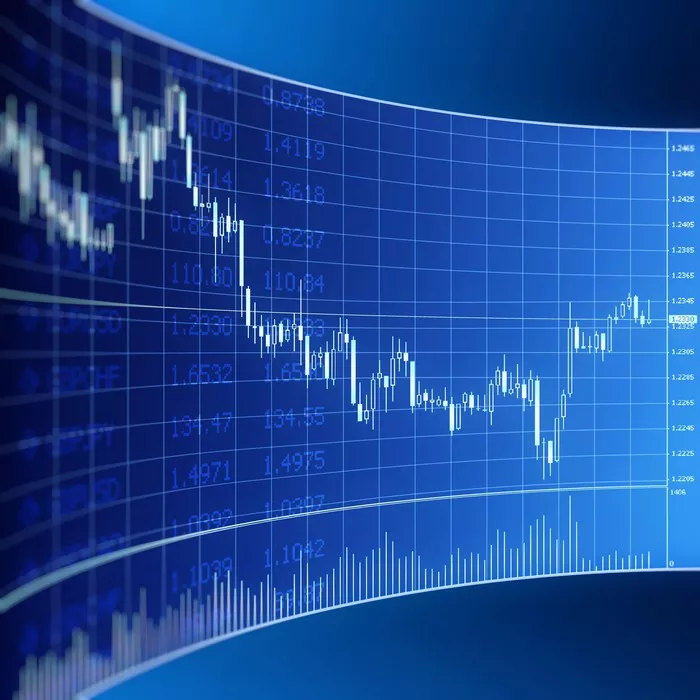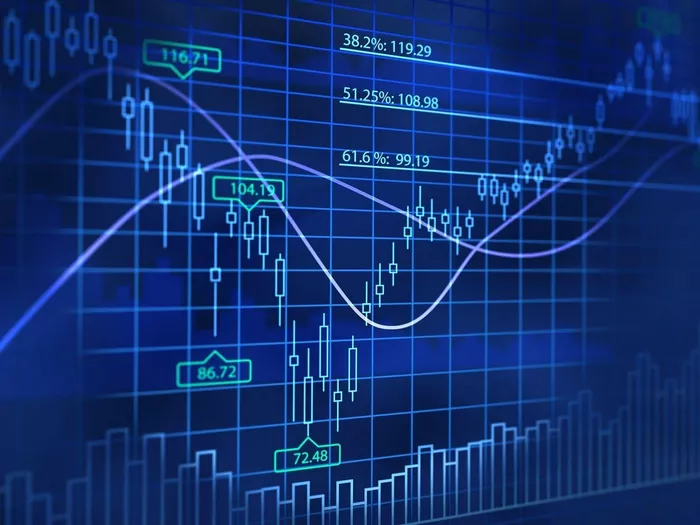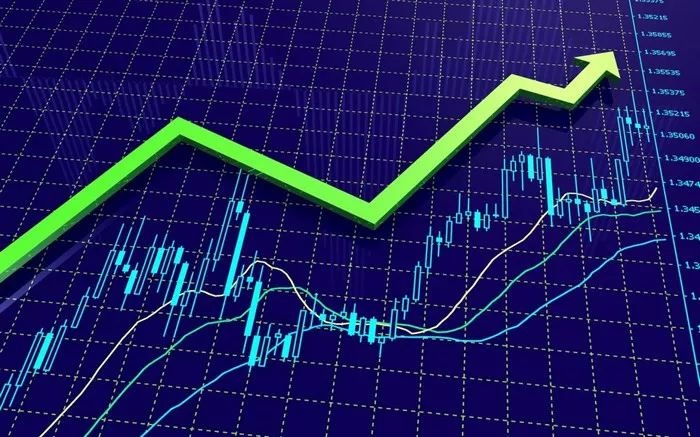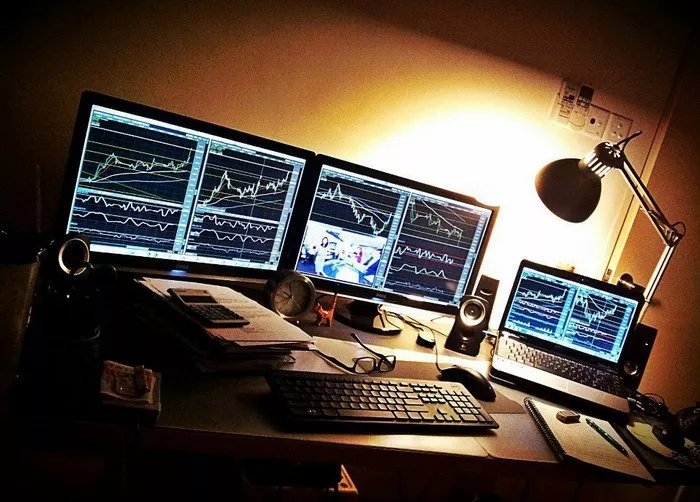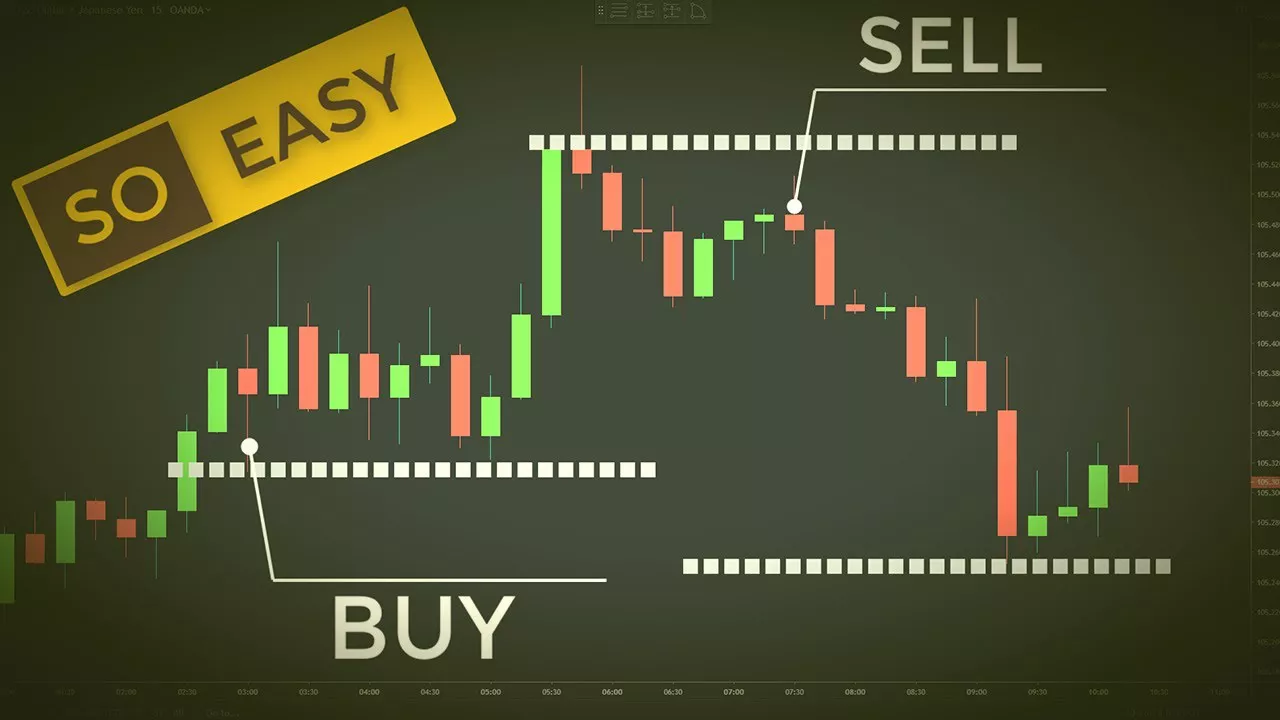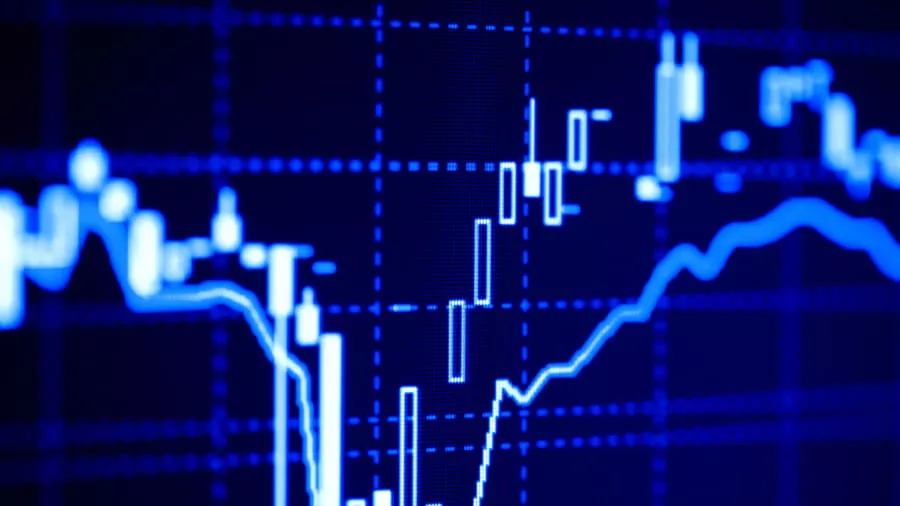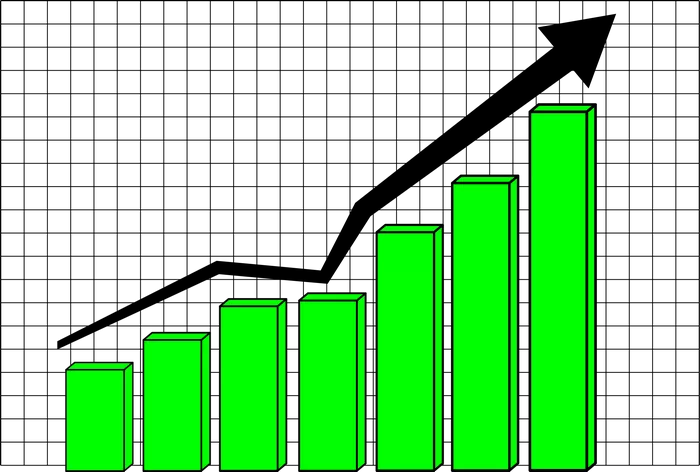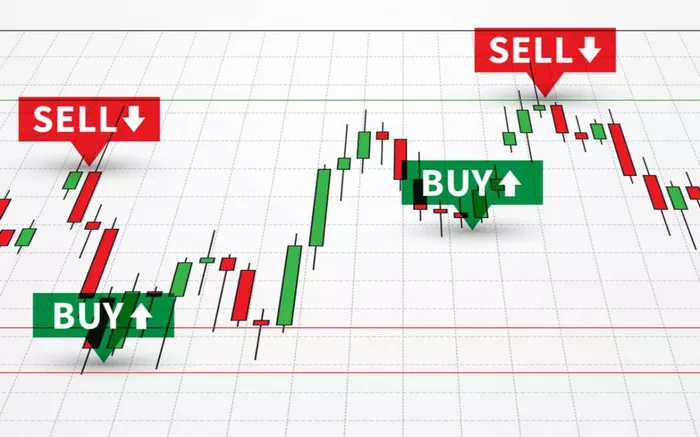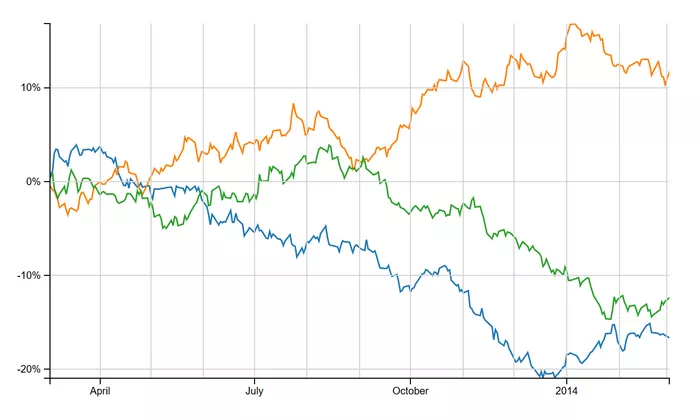The question of how much US dollars (USD) are in circulation is one that may seem straightforward, but the answer is quite complex. The total amount of USD in circulation is a constantly changing figure that depends on a variety of factors, including government policies, economic conditions, and market demand. In this article, we will explore the different types of money in circulation, how it is measured, and what factors influence these numbers.
Understanding the Total USD in Circulation
When discussing the total amount of USD in circulation, it’s important to note that the figure is not as simple as counting physical dollar bills. Instead, the money supply is categorized into different measures, each of which reflects various forms of money in the economy. The most commonly used measures are M0, M1, and M2.
M0: The Monetary Base
M0 refers to the total of all physical currency (coins and paper money) in circulation. This includes money in the hands of the public, as well as money held by financial institutions. The monetary base, or M0, is the most liquid form of money, and it is directly controlled by the central bank, in this case, the Federal Reserve.
Physical Currency and Coinage
The total amount of physical USD in circulation is a subset of M0. As of recent data, the amount of physical currency in circulation has been steadily increasing, reflecting the growing demand for cash transactions, especially in times of crisis like the COVID-19 pandemic. However, this is still a relatively small portion of the total money supply, as the vast majority of money exists digitally.
M1: Narrow Money
M1 represents the total amount of money that is immediately available for spending. It includes not only physical currency and coins but also demand deposits (checking accounts) and other liquid assets such as traveler’s checks. M1 is considered a measure of the money that is in active circulation and can quickly be converted into cash for spending.
Components of M1
Physical currency: This includes both coins and paper money in circulation.
Demand deposits: These are balances in checking accounts that can be accessed at any time.
Traveler’s checks: While less commonly used today, they are still a part of M1.
M1 is considered a more dynamic measure of money, as it represents the money that is most immediately available for transactions in the economy.
M2: Broader Money Supply
M2 includes everything in M1, but it also adds savings accounts, time deposits, and money market funds. These forms of money are less liquid than the components of M1, as they may require more time or effort to convert into cash. However, they still represent money that is accessible to the public and can be used for investment or spending in the medium term.
Components of M2
M1 (all the items listed above).
Savings accounts: Accounts that offer interest, but which may have limits on the number of withdrawals.
Time deposits: These are deposits that cannot be withdrawn before a certain date without incurring penalties.
Money market funds: Investment funds that offer a relatively safe and liquid place to hold money, but which can require a bit more time to access than demand deposits.
M2 is the broadest commonly reported measure of the money supply, and it gives an idea of the total amount of money that is in the economy, including money that may not be immediately available for spending but could be used in the near future.
Factors That Influence the Amount of USD in Circulation
The total amount of USD in circulation can be influenced by a wide range of factors, from central bank policy to global economic conditions. Let’s examine some of the main forces at play.
1. Federal Reserve Policies
The Federal Reserve, or the “Fed,” plays a critical role in determining the amount of USD in circulation. Through monetary policy, the Fed can influence the money supply by adjusting interest rates, buying or selling government bonds, or using other tools such as quantitative easing (QE).
Open Market Operations
The Fed’s most common method of influencing the money supply is through open market operations. This involves the buying and selling of government securities. When the Fed buys securities, it injects money into the economy, increasing the money supply. Conversely, selling securities takes money out of circulation.
Interest Rates
The Federal Reserve also controls short-term interest rates, which in turn affect the demand for money. When interest rates are low, it becomes cheaper to borrow money, which can lead to an increase in the money supply as businesses and consumers take out loans. High interest rates, on the other hand, make borrowing more expensive and can lead to a decrease in the money supply.
2. Economic Conditions
The overall state of the economy plays a huge role in how much USD is in circulation. In times of economic growth, people tend to spend more money, leading to an increase in the demand for currency. During recessions or economic downturns, people may hold onto their money, which can reduce the effective circulation of USD.
Inflation and Deflation
Inflation can also influence the money supply. When inflation is high, the value of the USD declines, and people may demand more dollars to make purchases. On the other hand, deflation (a decrease in prices) can reduce the demand for money, as the purchasing power of the USD increases.
3. International Factors
The amount of USD in circulation is not just a domestic issue—it is also influenced by international factors. The US dollar serves as the world’s primary reserve currency, and many foreign governments, businesses, and individuals hold USD in the form of foreign exchange reserves. This means that USD may be circulating outside the United States, influencing global liquidity.
The USD as a Reserve Currency
Countries like China, Japan, and members of the European Union hold large amounts of USD in reserve to facilitate international trade and maintain stability in their own economies. When these countries buy or sell USD, it can have a significant impact on the total amount of USD in circulation.
4. Financial Innovations
With the advent of new financial technologies, the amount of money in circulation has also changed. For example, the rise of digital payments, cryptocurrencies, and fintech services has influenced the demand for traditional cash. While the total physical USD in circulation may be limited, the overall money supply has increased through electronic means.
Digital and Cryptocurrencies
Though not directly included in the traditional money supply measures, cryptocurrencies like Bitcoin and other digital assets have impacted the demand for USD, especially in countries with unstable currencies. The US dollar remains the most widely accepted form of payment worldwide, but digital innovations are changing the landscape of finance.
How to Track the Total USD in Circulation
The Federal Reserve regularly releases data on the money supply, which includes figures on M0, M1, and M2. These figures can be found on the Federal Reserve’s website and are updated regularly.
For a more granular understanding of the money supply, you can also refer to the Federal Reserve Economic Data (FRED) database, which provides access to a wide range of economic indicators, including the total USD in circulation.
Tracking the Money Supply
For individuals and businesses interested in tracking the total USD in circulation, the most important sources are:
Federal Reserve Board: The central bank’s official reports on money supply, interest rates, and other economic indicators.
FRED Database: A resource for accessing historical and current data on the money supply.
Bureau of Economic Analysis (BEA): Provides data on national income and product accounts, which can offer indirect insights into the total amount of USD in circulation.
Conclusion
The total amount of USD in circulation is a dynamic and complex figure that is influenced by various economic, governmental, and global factors. From the physical currency in your pocket (M0) to the broader money supply (M2), the amount of money in circulation plays a crucial role in shaping the economy. Understanding the different measures of the money supply, as well as the forces that influence these numbers, is key for anyone interested in the global financial landscape.
The Federal Reserve’s policies, economic conditions, and international factors all play a part in determining how much USD is in circulation, and keeping an eye on these factors can help individuals, businesses, and investors make informed decisions.
Related topics:


